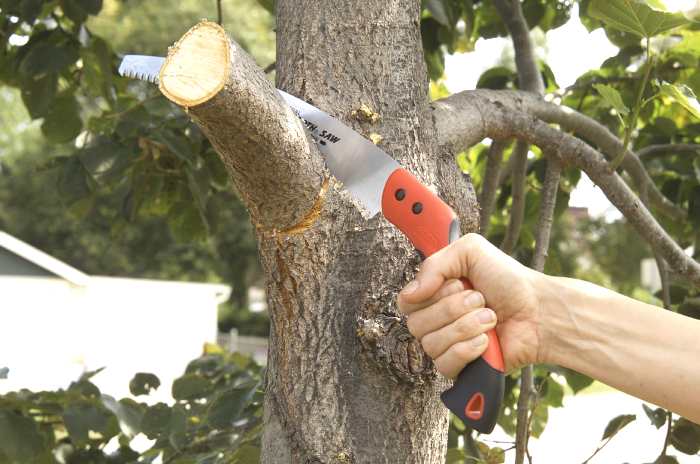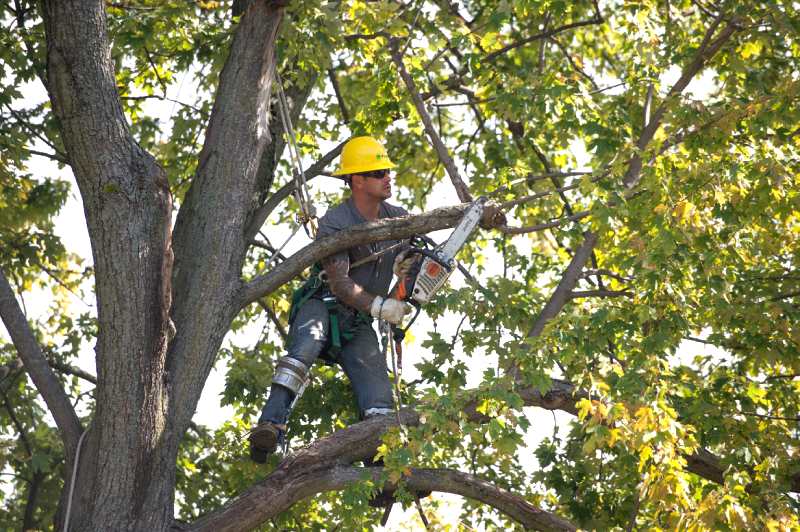Pruning is a necessary job for most residential trees. Now knowing the proper pruning techniques can cause irreversible damage to your tree. There are several reasons for pruning, including removing dead or diseased limbs from the tree to prevent an injury due to it falling and to keep away pests that might cause the tree more problems.
Another reason may be that the tree is having trouble growing as it should, and pruning encourages growth by allowing more sunlight and airflow. Whilst some people would prefer to hire a professional arborist or tree care company, others might also prefer to try and do it on their own. If you choose to do it yourself, here are 5 different strategies for pruning your own trees that you can try at home.
Reduction
The reduction is a popular strategy for improving the overall appearance of the tree. As you probably guessed, this strategy works to reduce the size of the tree. While this technique is good for keeping the aesthetic of the environment, it’s also important to reduce the tree if it starts getting too tall and grows into power lines or becomes a problem around buildings.
It’s preferred that you have your tree reduced before it becomes too big for the environment because it makes it easier to keep up with. If you live in an area where you experience storms with high winds, the reduction can also be useful to prevent the tree from possibly overturning during a storm. In this case, the reduction will be used to help preserve the tree.
However, with the reduction strategy, regular pruning will be required to keep the tree at the size you want. It’s also important to note that reduction isn’t for all trees. For some trees, it can be dangerous. An assessment of the tree should be done to determine the type and the species before using this strategy.
Thinning
If you have trees that have become overgrown, thinning might just be the best strategy for you. Thinning helps the tree receive all the nutrients it needs to be healthy by removing branches to increase the sunlight and airflow through the tree. Thinning is a popular technique used because it keeps the overall shape of the tree intact, helps promote fruit production, and is one of the easier ways to prune a tree.
Because thinning helps the tree when it’s becoming crowded with branches, it will relieve the tree of some stress, therefore promoting the tree’s health. Also, If you have trees that are very close together, thinning can improve the overall aesthetic of the area and make it seem more open and spacious.
Raising
Raising is a strategy used to “raise” the canopy. This meaning, pruning is done to the lower part of the tree while promoting more growth in the upper branches. This strategy is great to use if the lower branches are in the way and prevent you from walking through it, or if it’s reducing your visibility whether you’re on foot or driving.
The best time to use this pruning technique is when your tree is young. If you start this strategy on an older tree, it will be much more difficult because the branches are probably already quite large.
Younger trees have smaller branches, so pruning the lower branches to keep them small will help suppress the growth over time and promote more growth in the upper branches. Starting when the tree is young is a lot easier on the people pruning the tree and on the tree itself. The lower branches of an older tree are already large and arborists may have to completely remove them. The shorter branches can later be removed to allow more space to walk or drive if need be.

Cut pruning tree branch
Cleaning
Cleaning is the most basic strategy and is used to keep the tree healthy and thriving. The cleaning method is used to remove any dead or diseased branches the tree may have. This is important to keep the overall tree health. Leaving any diseased branches without care can cause harm to the tree as a whole if the disease were to spread. Dead, diseased, or broken branches are a safety risk to yourself and your home if the tree is
near your property. The cleaning strategy essentially “cleans” the tree from any branches that might cause problems. This technique is the most popular and is one of the first things all arborists learn.
Structural Pruning
Structural pruning is a strategy used on young trees at the very beginning of their life cycle. This strategy is best used for preserving the long life of trees, which is why starting it at an early stage of life is so important. This strategy aims to develop a strong tree structure overtime. By properly training trees from an early stage, you can reduce any risks or complications later in the tree’s life. Many people prefer this method because it reduces future risks and may save them money in the long run when it comes to maintenance costs.
Structural pruning is done by using reduction cuts on branches believed to become the largest, and maintaining a desired length throughout the tree. It is used to cut the branches that will become bigger than the desired length and is usually done every few years to promote growth in the existing branches. Structural pruning is especially important on trees that are known to grow very large, and you want to keep the tree at a smaller size due to the surrounding environment.
Tree pruning, while necessary for the health of your tree, is also essential for the safety of the people and property around it. There are many strategies and techniques when it comes to pruning your tree. Some are very harmful to your tree, and some promote healthy growth and stability.
Whether your tree is sick, growing too big, or becoming a safety risk, there is a strategy out there for you. If you’re questioning a pruning method, it’s best to ask an arborist which strategy would work best for your trees. Strong and stable trees are always the goal, therefore, reduction, thinning, raising, cleaning, and structural pruning are all safe and effective strategies to use when it comes to pruning your trees.








